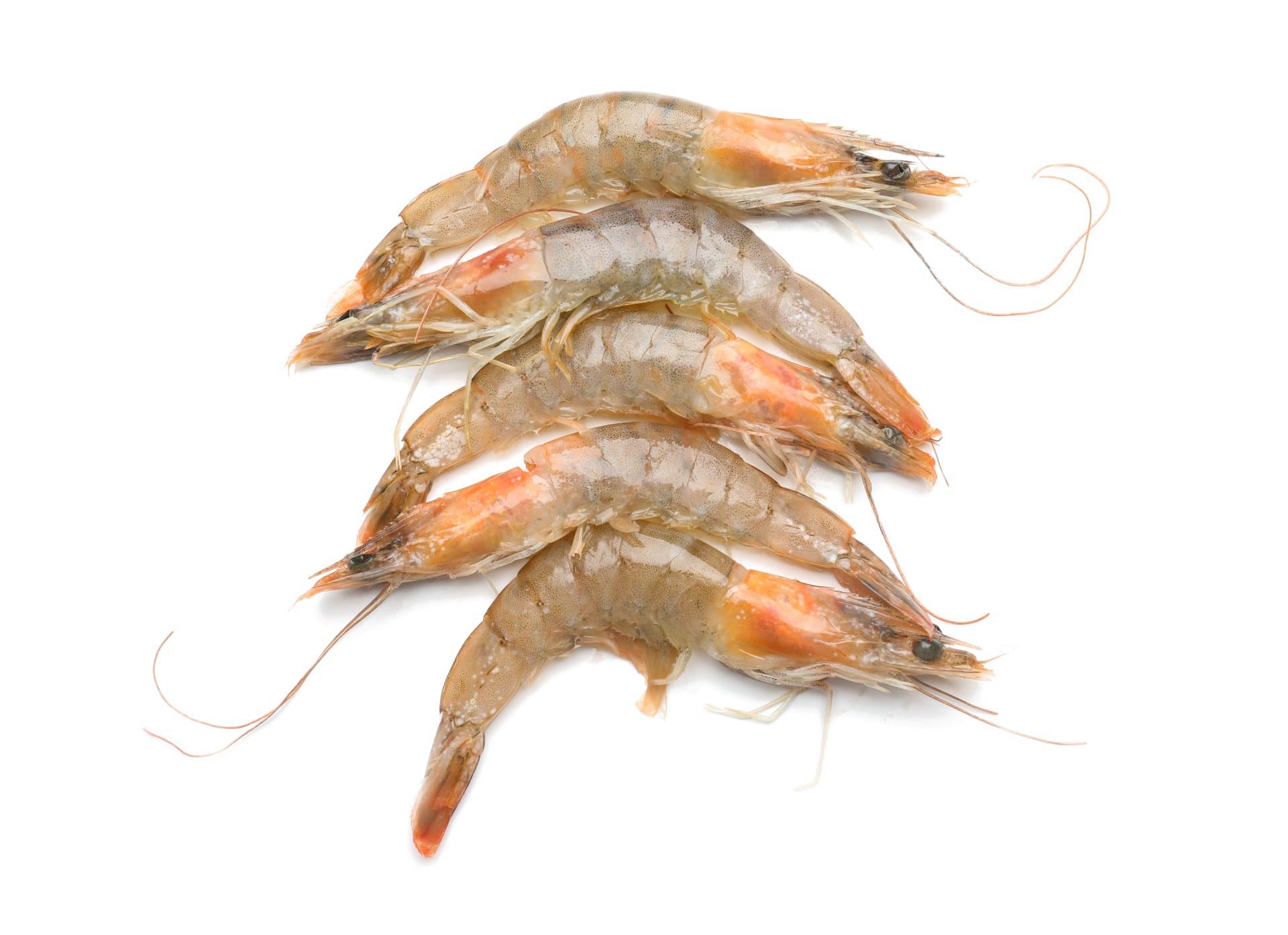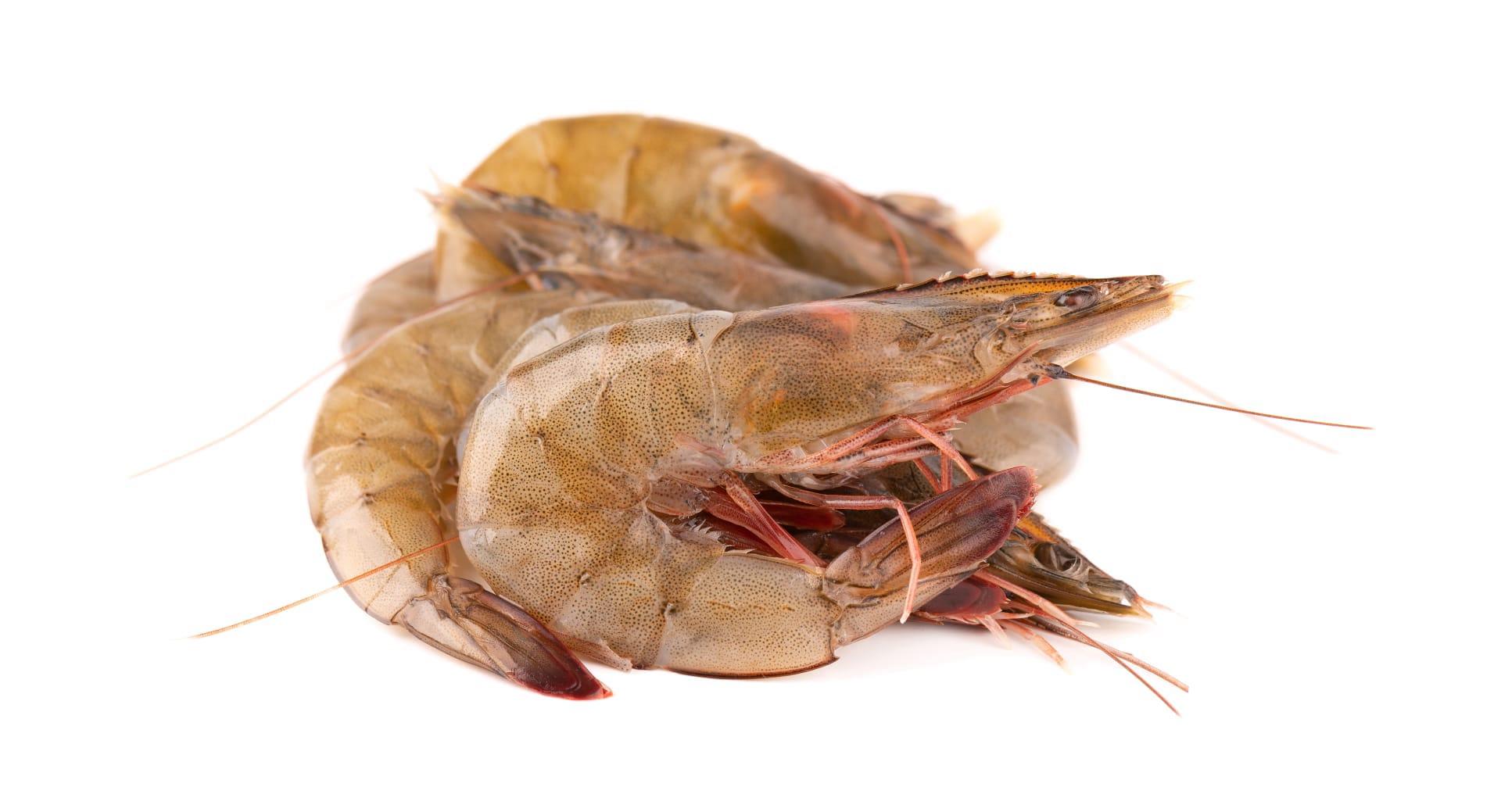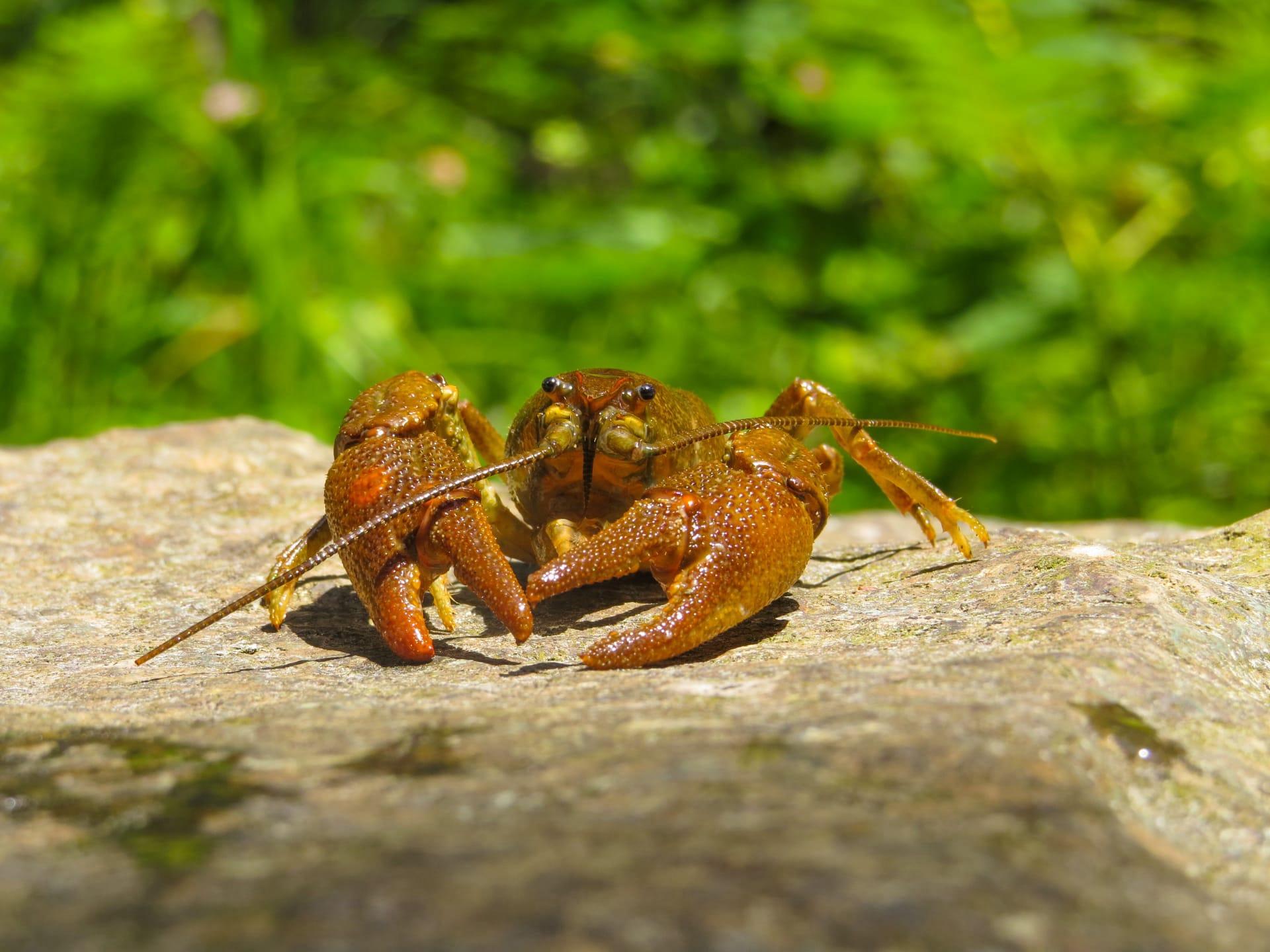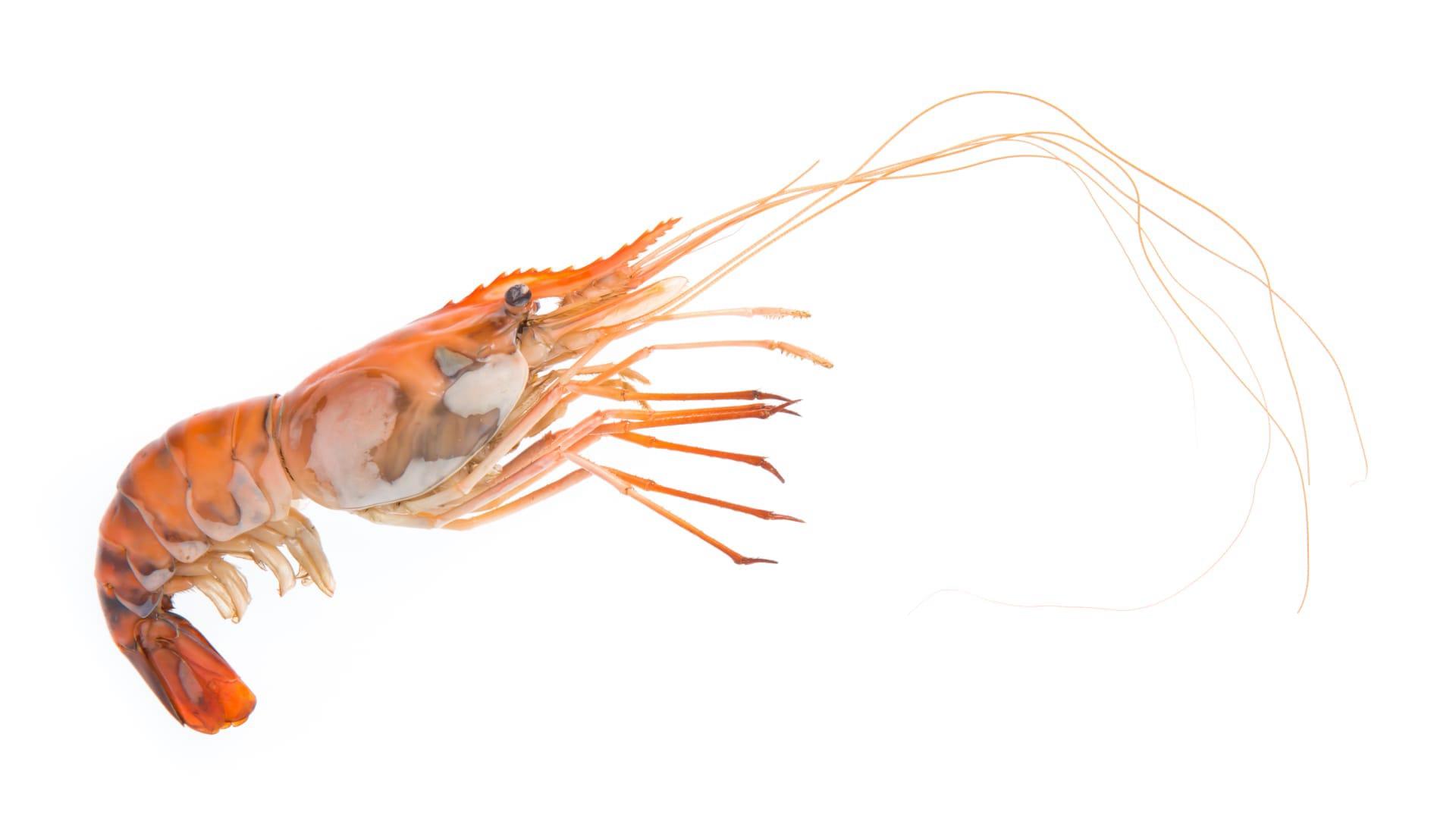Shrimp Trivia
- Home /
- Trivia Question /
- Animal /
- Shrimp Trivia
1
Question: How long can shrimps live?
Answer: Shrimps typically live for 1 to 7 years, depending on their species. For example, the common brown shrimp has a lifespan of about 1.5 years, while some deep-sea species can live up to 6 or 7 years.
Question: What's the largest shrimp species?
Answer: The largest shrimp species is the giant tiger prawn (Penaeus monodon), which can grow up to 13 inches long. These shrimps are not only big in size but are also known for their striking blue and black stripes.

2
Question: Do shrimps swim backwards?
Answer: Yes, shrimps do swim backwards. They use a rapid flexing of their abdomen and tail, called a caridoid escape reaction, to propel themselves rapidly backwards. This is a defense mechanism to escape predators.
Question: Can shrimps change their gender?
Answer: Certain shrimp species, like the Caribbean cleaner shrimp (Lysmata wurdemanni), are protandric hermaphrodites. They start life as males and change to females as they mature. This transition usually happens over a few months.

3
Question: How do shrimps communicate?
Answer: Shrimps communicate primarily through chemical signals or pheromones. These signals can convey information about mating readiness, territory, and danger. Some species also use sound by snapping their claws to ward off predators or during territorial disputes.
Question: What do shrimps eat?
Answer: Shrimps are generally omnivores, feeding on a mix of plant material, algae, and small creatures like plankton, tiny fish, and dead organisms. Their diet varies greatly depending on the species and the environment in which they live.

4
Question: How fast can shrimps grow?
Answer: The growth rate of shrimps varies by species, but many can grow quite fast. For instance, the Pacific white shrimp (Litopenaeus vannamei) can reach a harvestable size of about 4 inches in just 3-4 months under optimal farming conditions.
Question: Do shrimps play a role in the ecosystem?
Answer: Absolutely! Shrimps play a crucial role in aquatic ecosystems. They act as both predators and prey, help in nutrient cycling by breaking down organic matter, and their burrowing behavior aerates and recycles sediment.

5
Question: Can shrimps see color?
Answer: Yes, shrimps can see color. Some species, like the mantis shrimp, have the most complex eyes in the animal kingdom and can see polarized light and ultraviolet light, which humans cannot.
Question: Are shrimps important for human consumption?
Answer: Definitely. Shrimps are a major seafood commodity globally. They are rich in protein, low in calories, and a source of omega-3 fatty acids. Shrimp farming is a significant industry, especially in Asia and South America.